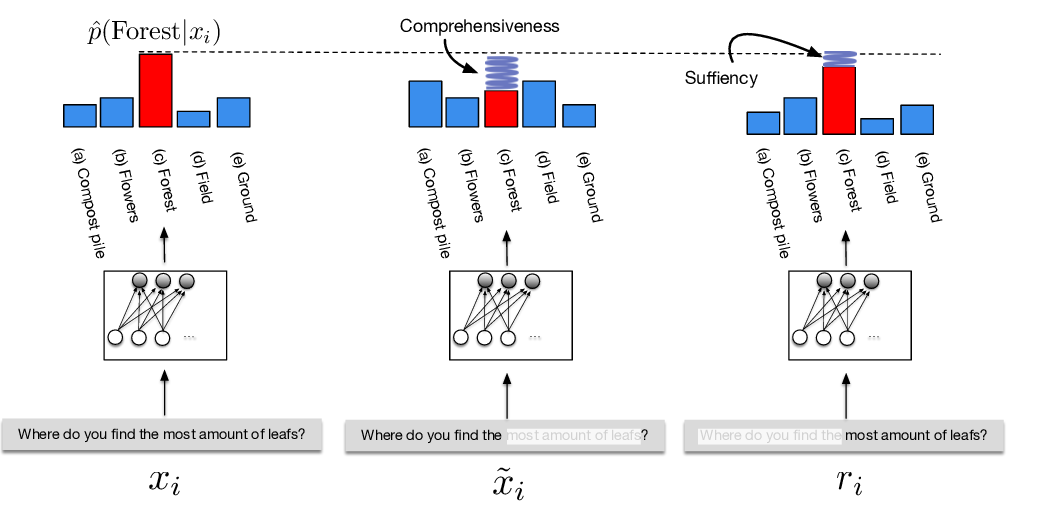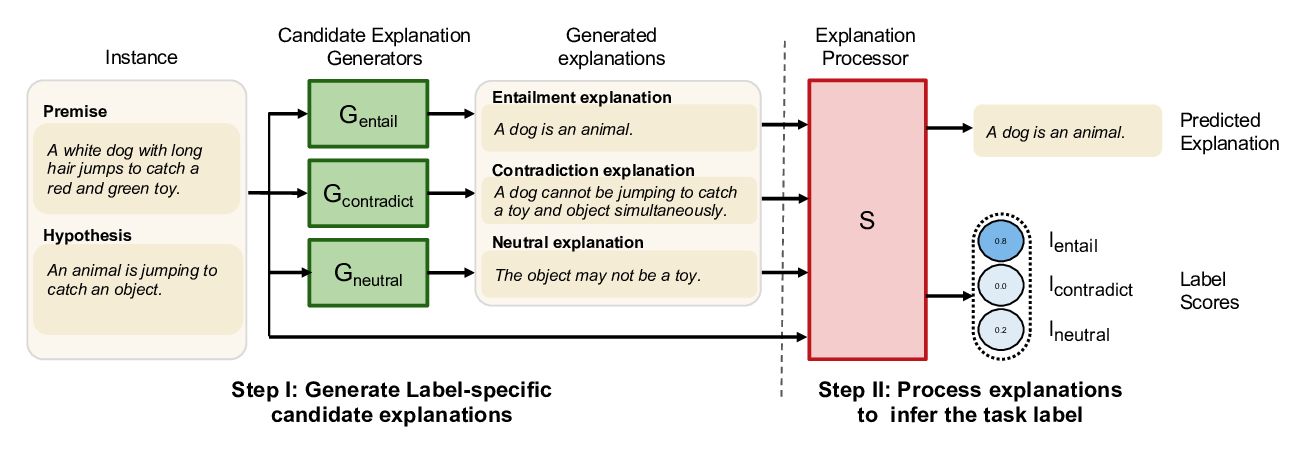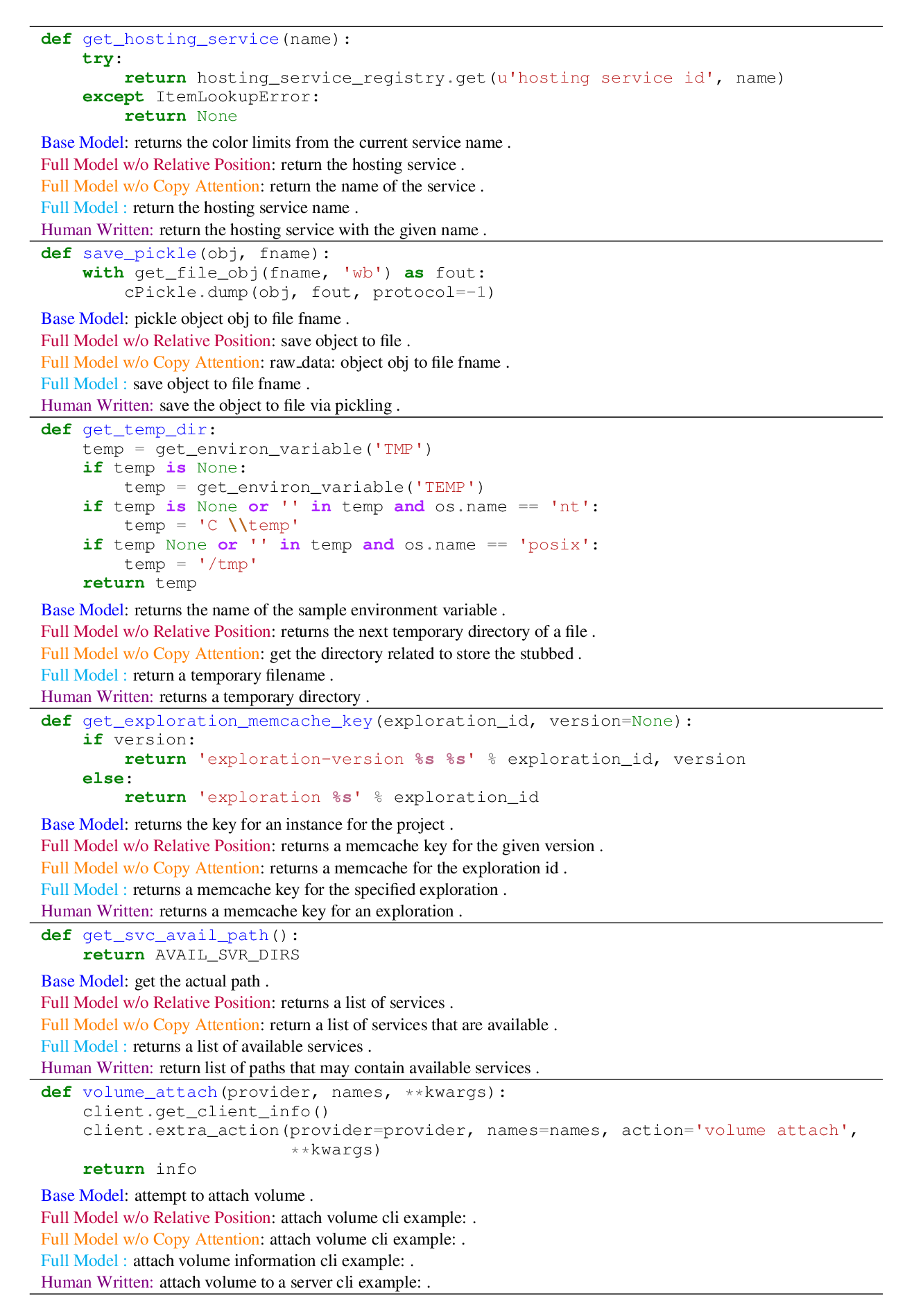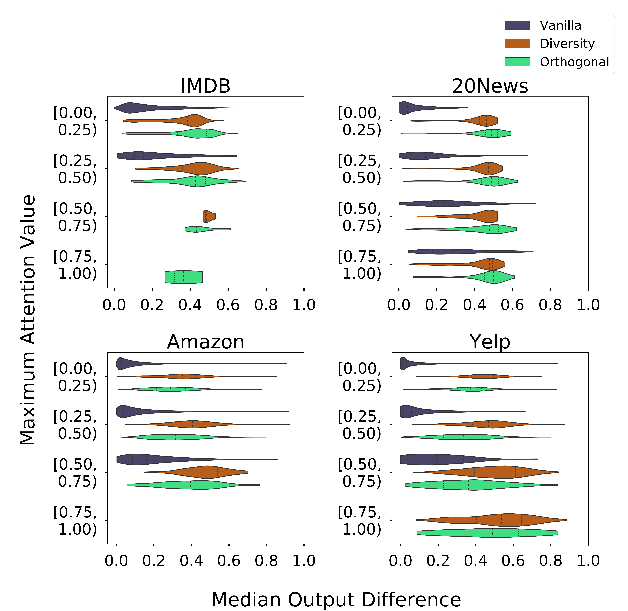Learning to Faithfully Rationalize by Construction
Sarthak Jain, Sarah Wiegreffe, Yuval Pinter, Byron C. Wallace
Interpretability and Analysis of Models for NLP Long Paper
Session 8A: Jul 7
(12:00-13:00 GMT)

Session 10B: Jul 7
(21:00-22:00 GMT)

Abstract:
In many settings it is important for one to be able to understand why a model made a particular prediction. In NLP this often entails extracting snippets of an input text 'responsible for' corresponding model output; when such a snippet comprises tokens that indeed informed the model's prediction, it is a faithful explanation. In some settings, faithfulness may be critical to ensure transparency. Lei et al. (2016) proposed a model to produce faithful rationales for neural text classification by defining independent snippet extraction and prediction modules. However, the discrete selection over input tokens performed by this method complicates training, leading to high variance and requiring careful hyperparameter tuning. We propose a simpler variant of this approach that provides faithful explanations by construction. In our scheme, named FRESH, arbitrary feature importance scores (e.g., gradients from a trained model) are used to induce binary labels over token inputs, which an extractor can be trained to predict. An independent classifier module is then trained exclusively on snippets provided by the extractor; these snippets thus constitute faithful explanations, even if the classifier is arbitrarily complex. In both automatic and manual evaluations we find that variants of this simple framework yield predictive performance superior to 'end-to-end' approaches, while being more general and easier to train. Code is available at https://github.com/successar/FRESH.
You can open the
pre-recorded video
in a separate window.
NOTE: The SlidesLive video may display a random order of the authors.
The correct author list is shown at the top of this webpage.
Similar Papers
ERASER: A Benchmark to Evaluate Rationalized NLP Models
Jay DeYoung, Sarthak Jain, Nazneen Fatema Rajani, Eric Lehman, Caiming Xiong, Richard Socher, Byron C. Wallace,

NILE : Natural Language Inference with Faithful Natural Language Explanations
Sawan Kumar, Partha Talukdar,

A Transformer-based Approach for Source Code Summarization
Wasi Ahmad, Saikat Chakraborty, Baishakhi Ray, Kai-Wei Chang,

Towards Transparent and Explainable Attention Models
Akash Kumar Mohankumar, Preksha Nema, Sharan Narasimhan, Mitesh M. Khapra, Balaji Vasan Srinivasan, Balaraman Ravindran,
